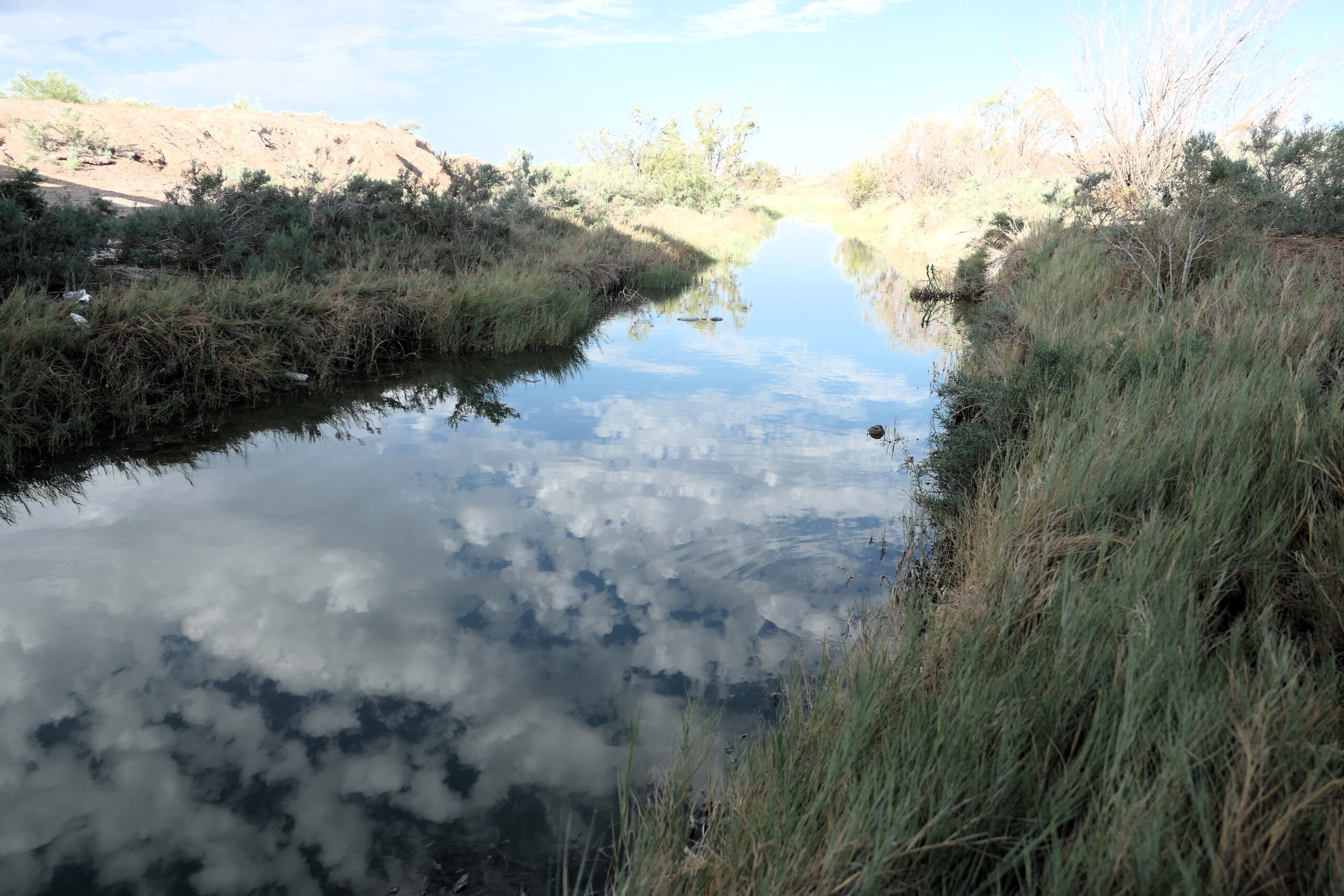By Martha Pskowski, Dylan Baddour
Inside Climate News
These days the Pecos River barely fills its dry, sandy bed where it crosses West Texas, but the river could be poised to flow again — with treated oilfield wastewater.
Companies are racing to figure out what to do with the tremendous volume of noxious water that comes up from underground during oil and gas drilling in the Permian Basin, but a growing cohort of companies say they’ve developed a means to purify that fluid and release it in the Pecos and other watersheds.
“This is new ground for all of us and we know it’s got to be done the right way,” said Robert Crain, executive vice president of Texas Pacific Water Resources, a company seeking to discharge treated water. “We’re not the only folks that are chasing this.”
For decades, oil drillers have injected their wastewater, known as “produced water,” back underground for disposal. But an intensifying spate of earthquakes tied to produced water injection wells in recent years has prompted the Railroad Commission of Texas, which regulates drilling and injection, to tighten restrictions on injection disposal, spurring a search for alternatives.
Read the full story.
